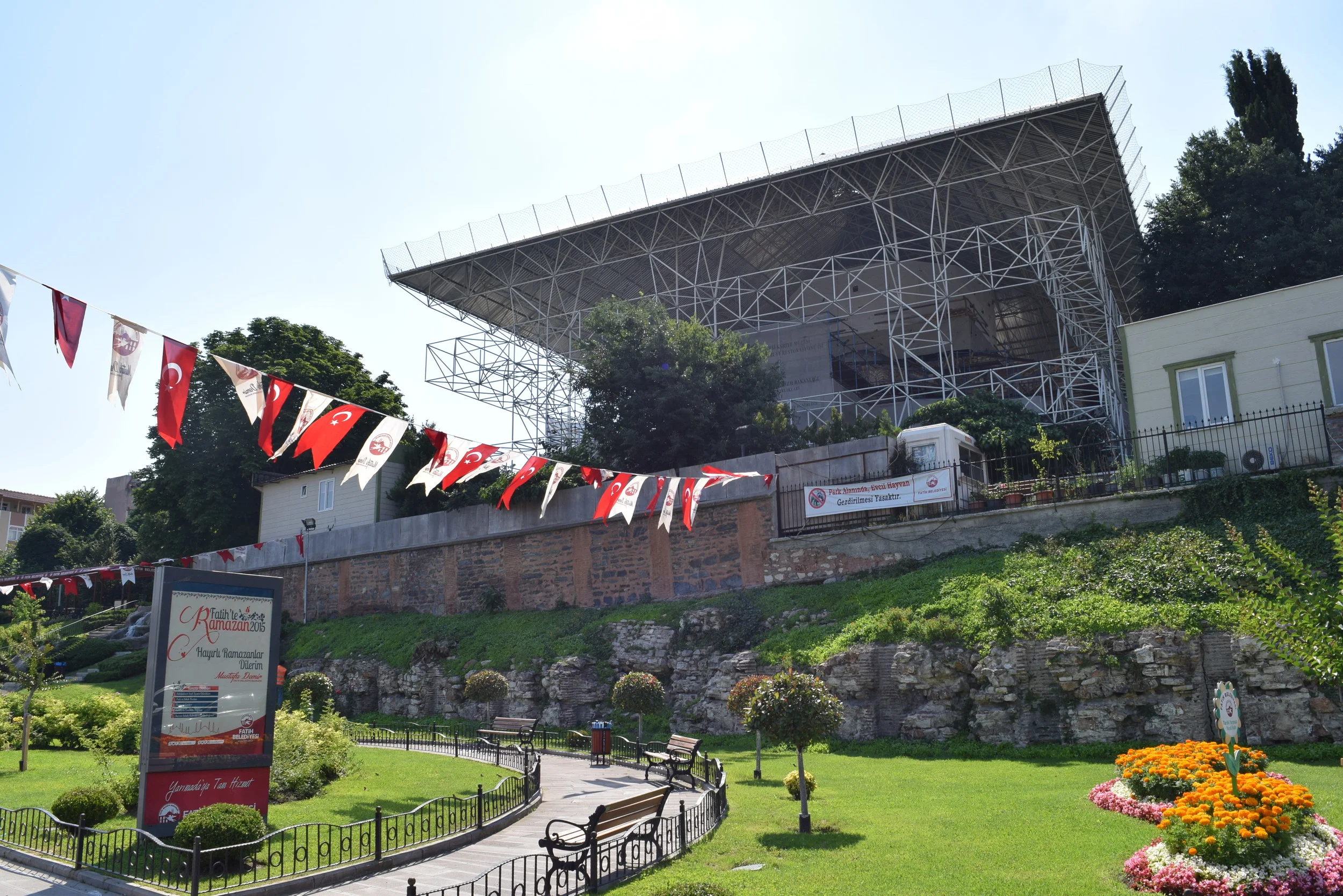7/14
It’s been a couple of days since I last posted. I'm finally catching up on writing about Istanbul.
As expected, I got in a ton of walking and saw plenty of sights my last few days in Istanbul. If I keep this up should see my (disappointingly high for 25 years old) cholesterol levels fall. The sharp drop in my cheeseburger intake since leaving the States should help too.
Since I’ve got a lot to share I’ll split this up into a few posts so it’s little easier for you and me to digest.
Objects at the Museum of Turkish and Islamic Art
Seeing as how I still have my museum pass, I got more use out of it. The first stop was the Museum of Turkish and Islamic Art. Tucked away near the Blue Mosque, it is an easy to overlook museum, but worth the trip, especially if you have the museum pass. The exhibits are very neatly displayed and the cool interior is a welcome relief from the sun and heat. Unsurprisingly, typical works on display include beautifully copied editions of the Quran, ornate doors from mosques, carpets, wooden Quran boxes and stands, and pottery. Like Topkapi Palace, the museum holds some holy relics of the Prophet Muhammad and items like Kaaba locks. All in all, it’s a good way to spend an hour or two.
Door from the Great Mosque at Cizre
The Chora Church was another stop of mine. Following a pattern that’s typical in Istanbul, it began as Byzantine church, was converted to a Mosque by the Ottomans, and now functions as a museum. It’s located a little further afield northwest of the Grand Bazaar and unfortunately, like so many other places, is under major renovations. In this particular case, the work is enough to detract from the experience. The outside of the building, which normally looks beautiful, is almost completely covered up with scaffolding and plastic wrap. The interior is only slightly better, only a small fraction is actually accessible to visitors. Still, there are some impressive mosaics to be seen.
Christ between Heaven and earth
Significantly further out (by the standards of the sights I’ve seen in Istanbul) is the Rumelihisari. The Ottoman fortress was constructed at a narrow point of the Bosphorus next to where the Fatih Sultan Mehmet Bridge now stands. A corresponding fortress on the Asian side of the strait was also constructed. It’s a bit of a trek to get there (several hours round trip by walking, though buses are available). With plenty of time to kill, I enjoyed the walk along the Bosphorus. All along the water’s edge you will find men fishing and the occasional old man going for a swim. You also get to appreciate how impressive the bridges straddling Europe and Asia are. The fortress itself is pleasant to walk around. It’s on a steep hill and offers some great views across the strait. Visitors are not allowed to climb on the walls or towers of the fortress. I was disappointed by this, but it’s clear that Ottoman architects were not bound by the same safety standards of modern architects. Rumelihisari is relatively sparsely visited and included in the museum pass. I wouldn’t call it a must visit, but it was absolutely worth the trip to get there.
A view across the Bosphorus
Fishing in the Bosphorus
